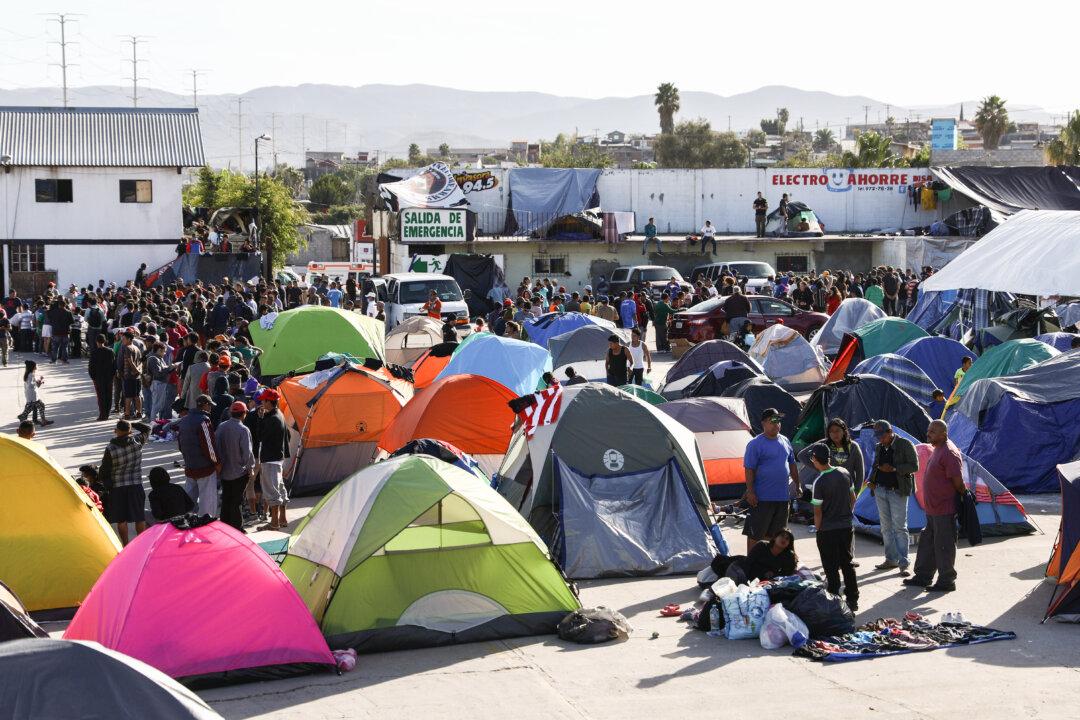WASHINGTON—A new effort by the Trump administration to deter thousands of Central American migrants from traveling north to seek asylum in the United States was enacted on Jan. 24—for now, only at the San Ysidro border crossing between San Diego and Tijuana, Mexico.
The effort, called the Migrant Protection Protocols (MPP), is an attempt to rein in meritless asylum claims and stop thousands of illegal immigrants from being released into the country, never to be seen again.





